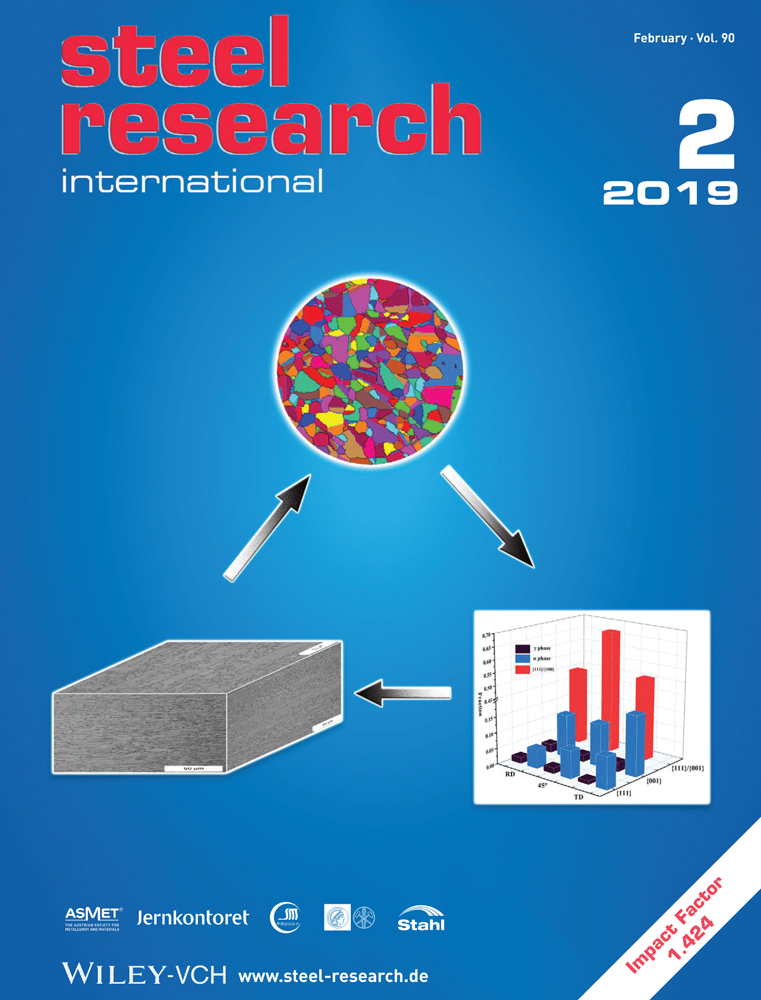Effects of Blast Furnace Main Trough Geometry on the Slag-Metal Separation Based on Numerical Simulation
Abstract
The complete separation of hot metal from slag is expected in the main trough of a blast furnace. However, in practice slag may take some hot metals away when it goes through the slag port. Therefore, it is important to optimize the slag-metal separation in order to decrease the metal loss associated with the slag. The present work establishes a three dimensional unsteady model of the main trough of a blast furnace in Panzhihua Steel. The model is then applied to investigate the effects of the width, depth, and bottom slope on the flow behavior and slag-metal separation. The results show that the high velocity regions and the velocity difference between the hot metal and slag are the main cause of hot metal drawn into the slag. The change of main trough geometry has a major impact on the flow behavior and slag-metal separation. The slag-metal separation is improved a lot by decreasing the bottom slope of the main trough or increasing its width. Therefore, it is strongly recommended that the main trough have a horizontal bottom or that its width be increased in order to obtain a better slag-metal separation.
Conflict of Interest
The authors declare no conflict of interest.




